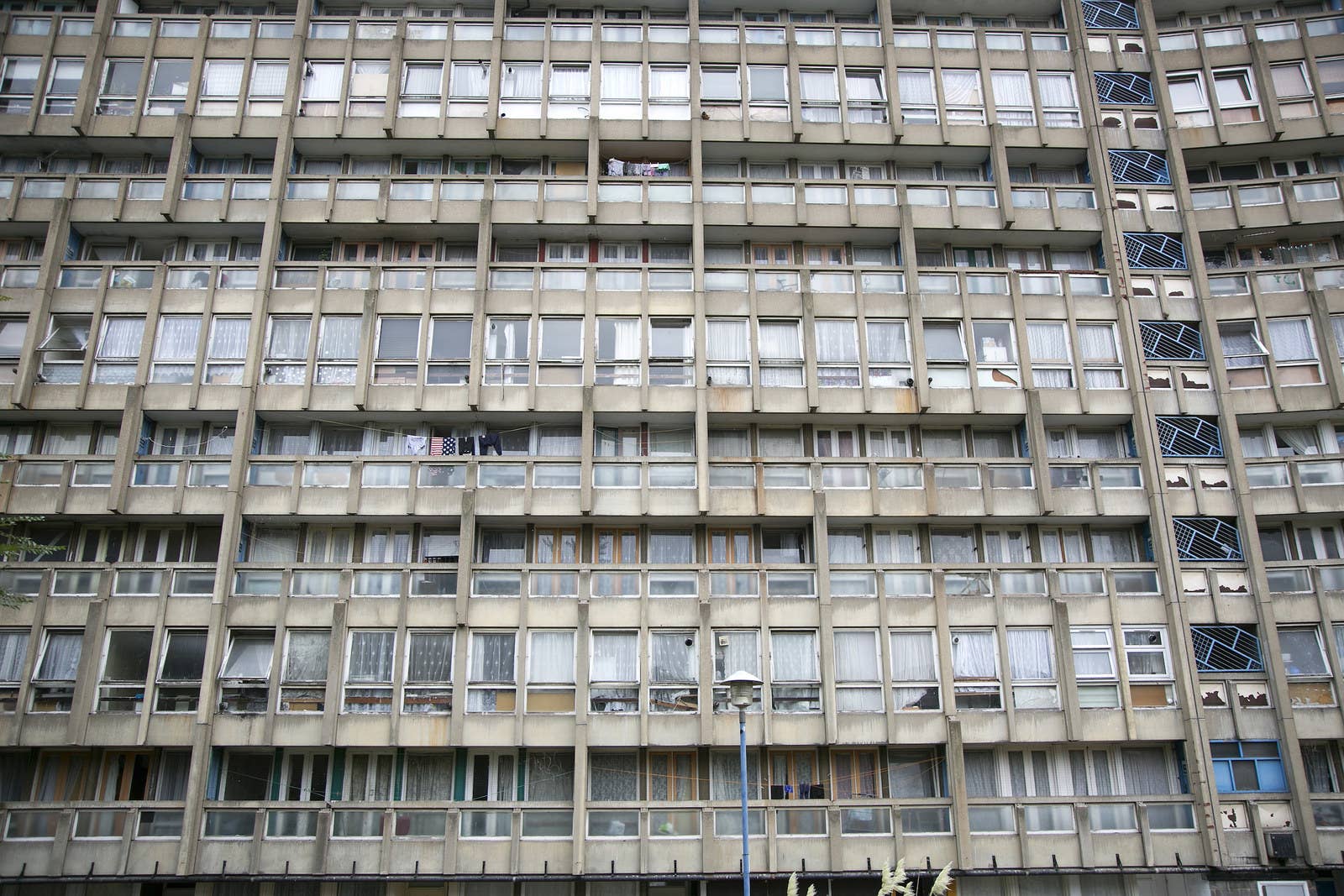
The architects insisted the lifts had to be wide enough to hold coffins.
It was a consideration for the local Irish community, who wanted to hold traditional wakes in their homes, and demonstrates the utopian ideals that guided the construction of what has become, to some, an eyesore and a failed estate.
Others consider Robin Hood Gardens an architectural gem and a piece of living history. Either way, its days are numbered.
The estate, in Poplar, in the East End of London, was completed in 1972. It comprises two cloud-grey blocks, one of which is seven and the other 10 storeys high. It is famed for its connecting walkways on every third floor – the “streets in the sky” associated with the mid-20th-century brutalist branch of modernist architecture.
From the same era came the Barbican estate in central London and the Trellick tower in west London – both now home to highly sought-after and widely admired flats, many worth well in excess of £1 million.
In contrast, Robin Hood Gardens is expected to be emptied of tenants and reduced to rubble within the next two to three years, after the local authority and Historic England decided the estate was no longer worth protecting. The local MP, Labour's Jim Fitzpatrick, said: "Robin Hood Gardens is well past its demolition date, and should be brought down ASAP in my view."
Good riddance too, some current tenants say. The estate has been struggling to shake off its negative reputation almost for its entire lifetime.

But architects and heritage groups have long been calling for it to be saved from the wrecking ball. Luminaries such as Richard Rogers and Zaha Hadid came to its defence and supported an unsuccessful campaign to give it listed status as perhaps the country’s finest example of modernist, brutalist residential architecture. These flats are liveable too, they say – to destroy them is a waste.
So what does the demise of Robin Hood Gardens mean in the context of London and its ever-growing affordable housing crisis? With more and more social housing being sold off across the UK, some say the demise of an estate designed for working-class families symbolises the wider problem of access to shelter in the country's most expensive city.
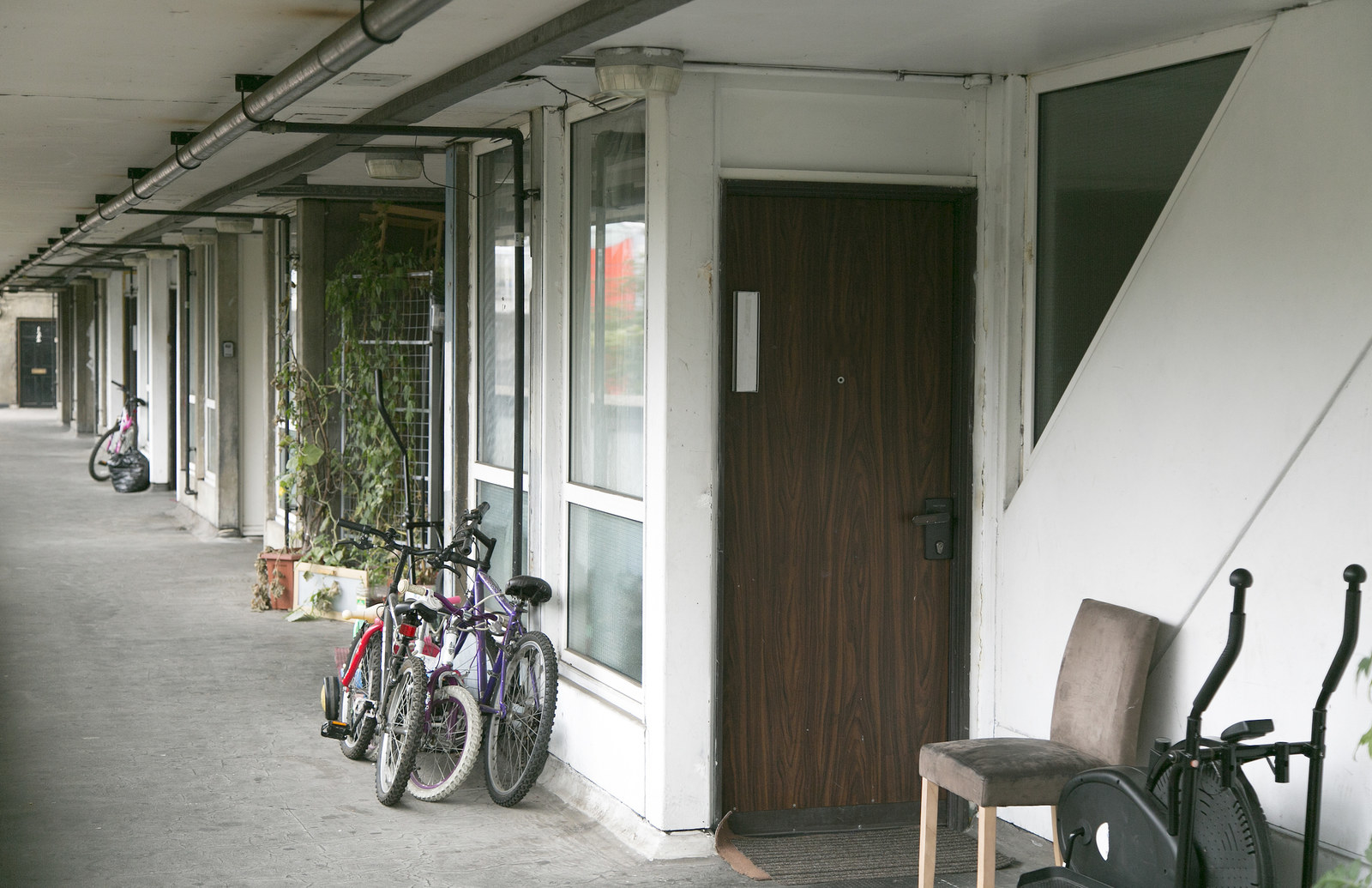
It was modelled, at least conceptually, on the Royal Crescent in Bath – a curved building that hid ample living space, with shared green space in front. But soon after its opening, some locals were calling Robin Hood Gardens “Alcatraz”.
The buildings, which hold a total of 214 flats, seem to rise out of the knot of railways and motorways that surround it, like a castle within a moat of roads. Driverless DLR trains rumble on 200 metres away to the south, while specially designed “acoustic” walls do little to protect the estate from roar of the slipway leading to the Blackwall tunnel along its eastern side. Noisy jets careen overhead before landing at nearby London City Airport.
The estate’s homes – a mixture of three-bed flats and four-bed, split-level maisonettes – were built to minimum floor-space requirements for social housing at the time, so no flat has less than 610 square feet.
Between the blocks are two grassy hills children once gleefully rode their bikes down. Now the hills are overgrown, quiet, still.

The estate resembles a spaceship from a 1970s sci-fi film as much as a housing project and it felt just as futuristic to its first residents, some of whom remarked that they had never been up that high before they moved in.
Mark, a working-class EastEnder who moved into flat 42 in 1972 with his family at the age of 12, described the sensation of leaving behind the low-rise terraced streets to researchers for an exhibition on the estate’s history organised by the Transition group of urban photographers.
“Not only did our housing change but our lifestyle changed as well," he said. "It was a magic time, really magic time.
“It was a culture shock because no one had seen anything like it. All of a sudden you’re looking down on everyone and it really scared me the first time. The next couple of times it was fine.”
One of the two blocks already lies empty, its windows broken and its wallpaper peeling. Its residents have been moved out – leaseholders have been given new homes and renters placed elsewhere.
Robin Hood Gardens represents a bygone era in municipal housing: a period driven by the belief that everyone should be provided with not just adequate, but decent homes. Even the name of the estate suggests an approach far removed from the profit-driven international capitalism of the London housing market in 2016.
Like Sheffield’s Park Hill estate, Robin Hood is famous for its walkways, designed to be, in the architects' words, “wide enough for two mothers with prams to stop and to talk and still leave room to pass”.
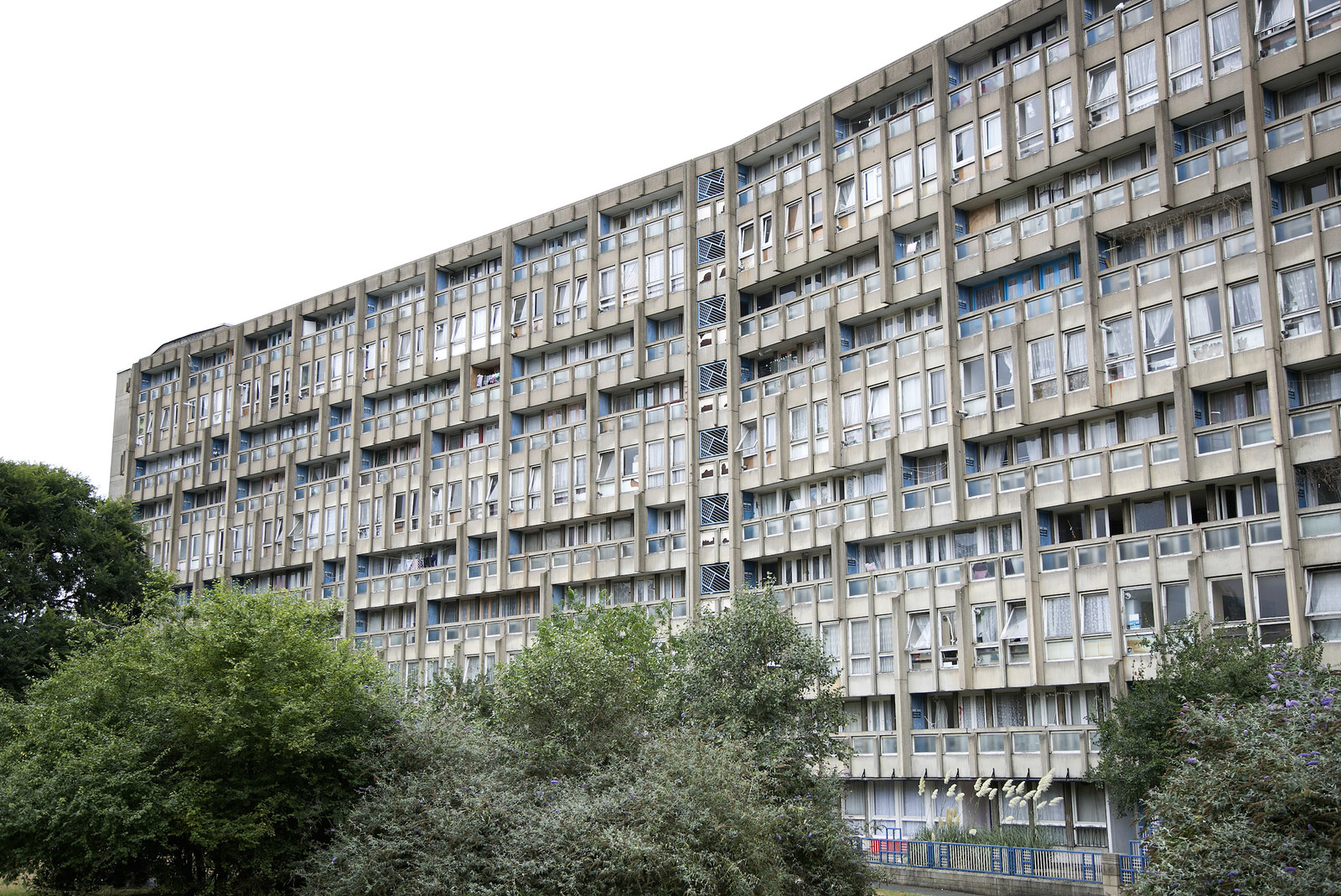
“Is it not a waste to pull down a building you already have?” Dr Timothy Brittain-Catlin, an architectural historian at the University of Kent, asked BuzzFeed News.
“I’m always surprised by these revenge killings of buildings – it’s a fantastic waste of what we already have. It’s a huge amount of concrete and a considerable amount of steel. You have a lot of flats with decent rooms, you have really tremendous potential.
“If money is tight and the council owns this resource, then it seems to me, regardless of its architectural history, that it should be kept.”
Brittain-Catlin is also deputy chair of the 20th Century Society, which led the years-long campaign for Robin Hood Gardens to be given listed status and saved. The group was finally told in August 2015 that its application had been refused.
He admits there have been issues with the buildings, but argues they can still be overcome.
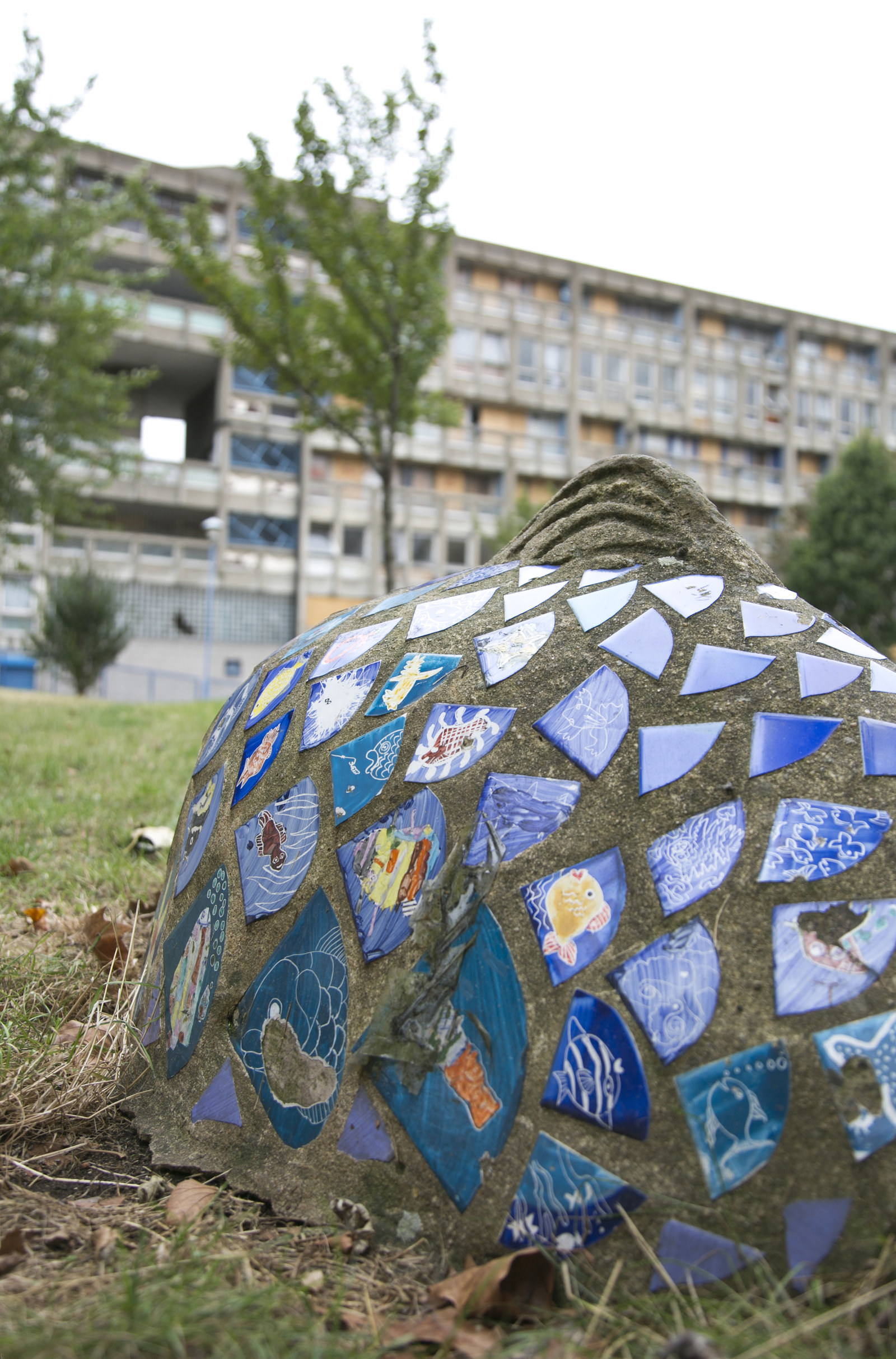
“These were built as decent homes for ordinary people. It may well be that not everything was worked out properly … and also the fact that anyone could go up or down and pee, or worse, in the stairs. They do have problems that we didn’t know about because it was new at the time and maybe there was an element of wishful thinking.
“But nevertheless what they do represent is a period where public authorities were investing an awful lot of time and energy and money in building decent places with big rooms and pleasant outdoor spaces for anybody, and they wouldn’t need any money at all.”
The Trellick tower, he notes, was also considered a problem estate in the 1970s and is now highly desirable housing.
Robin Hood's architects, the famous modernists Alison and Peter Smithson, believed in collectivism and people living together in harmony in good-quality housing. Brittain-Catlin describes them as “polemicists” who put their ideology of communal living into practice.
“What you’re looking at is a crazy idea by a crackpot teacher [Peter Smithson] that was adapted with the best possible intentions by a local authority that was completely committed to improving the life of people in the area and replacing all the streets that were there before.”

Given how the private sector has come to dominate and shape the housing market, the Smithsons' vision of low-cost communal living now seems somewhat naive. Less than eight years after the estate’s completion, Margaret Thatcher allowed council tenants to buy their own homes – a popular policy, but the opposite of what the Smithsons were trying to achieve.
Peter Smithson, who died in 2003 and is sometimes called the father of brutalism, told a BBC Radio 4 documentary in the 1990s he hated what happened to the estate and that he blamed residents for not defending it.
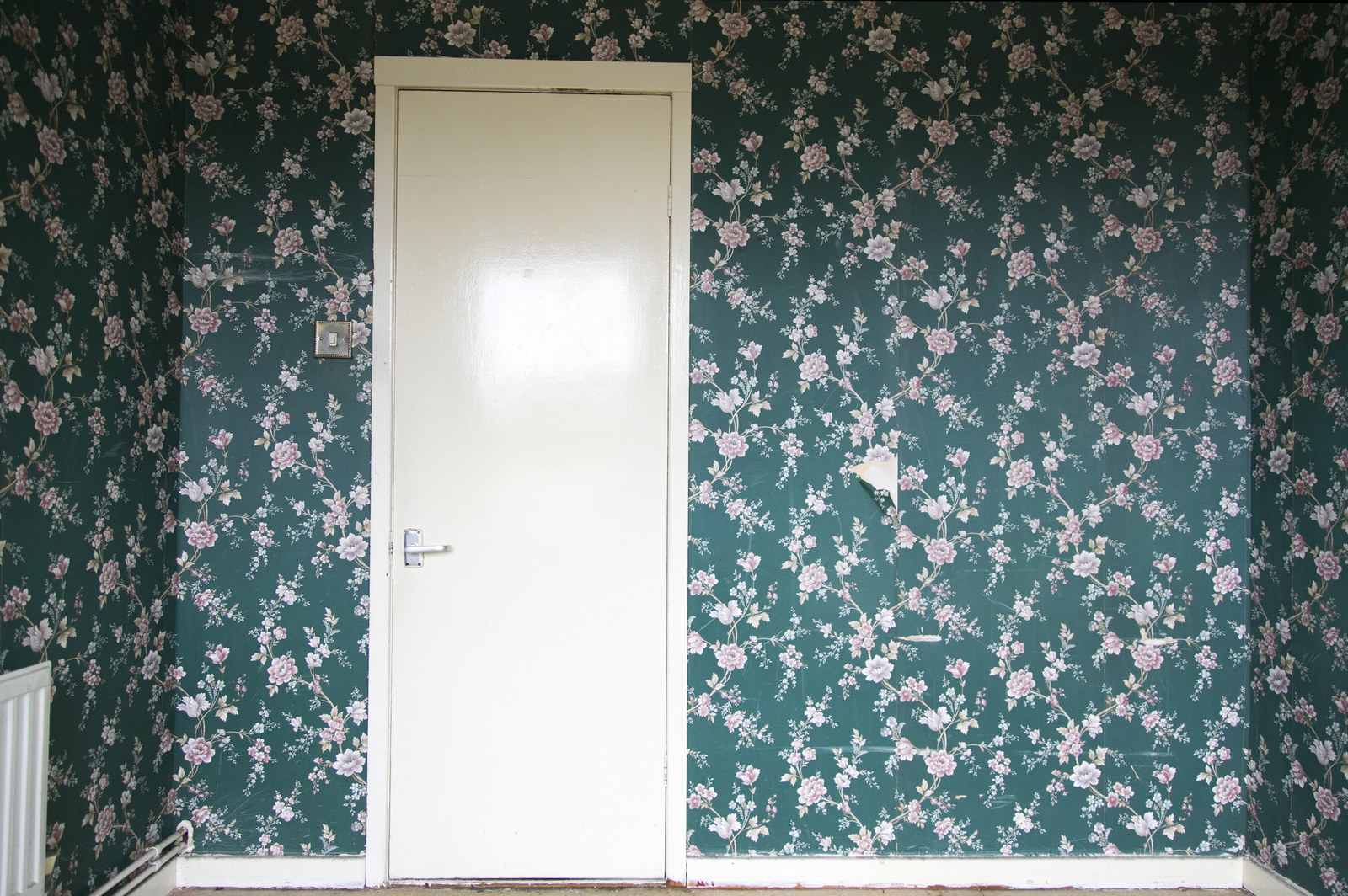
“Walking on the walkways is not a pleasure, because [of] the quality of the walkways and the neglect of the front doors and the threshold of the dwellings,” he said. “If you put anything out someone will break it – it’s an incredible social situation.
“I thought at the beginning it was social jealously. The week it opened people would come in and shit in the lifts, which is an actual act of social aggression.”
James Wakefield, a sociologist and urban photographer who has documented the history of Robin Hood Gardens, says the decline of the building’s reputation stems from the somewhat misguided belief that estates were self-preserving.
“It’s symptomatic of local authority housing from that era – when local authorities commissioned estates like this they sort of had this idea that they were extremely modern and futuristic and would sustain themselves.
“But what actually happened was they needed investment and maintenance and unfortunately that just didn’t happen. And it got into a spiral of decline that was exacerbated by throwing in problem families."
The problems associated with the estate – urban decay, crime, drugs – were exaggerated, he says, and many people enjoyed living there, particularly in the 1980s. He says it would be relatively cheap to renovate, and points to a 2007 study that concluded it would cost £70,000 per flat to renovate the estate to a good standard.
As for the estate in 2016, not everyone would agree that there is much worth saving. Doris Ediem lives on the ground floor of the eastern building, in a one-bed flat with her 9-year-old son. Like almost everyone still left in the estate, she has been placed here by Tower Hamlets after seeking emergency short-term accommodation.
“The council have really neglected it," she says. "If you go to the back of it, you see all the windows are very, very dirty. They just moved me in as temporary accommodation and it’s very awful, every morning I cry.

“We sleep through all the dust and everything, it’s a terrible place to live. I think it’s a good thing to knock it down.
“They have not taken care of it at all. It’s a very strong building but the maintenance hasn’t been done. It’s better that it’s closed down.”
Many other current residents are from the local Bengali community. The smell of spices being fried and lunch being prepared fills the walkways.
Surveys carried out by Tower Hamlets found that a majority of residents supported demolition (this was disputed by some).
Park Hill in Sheffield, which is considered a sister estate and has the same wide walkways, was saved, refurbished, and marketed to young professionals after being given listed status in 1998.
The need for housing in east London is dire: There are 20,000 households on Tower Hamlets' waiting list for social housing, half of them classed as "high-need". Ex-council houses typically start at around £300,000 on the open market, way beyond the means of many families. So why knock buildings down?
In a word: density. The estate is to be demolished as part of the Blackwall Reach regeneration project, which will see a total of 252 homes (including Robin Hood Gardens and some surrounding homes) replaced by 1,575 new homes in a £300 million project due to finish in 2025.
The western building, the first to go, will be replaced by 268 flats in four mid-rise blocks, the tallest of which will be 24 storeys high. Modern building fits much more people into the same space.
Tower Hamlets says half the new homes that will replace Robin Hood will be classed as affordable, with some being available at low cost to either rent or buy. Locals will have the chance to buy the homes before they are made available to buyers across London and then, eventually, the rest of the UK and foreign investors.

Prospective buyers for these new flats can register their interest on a typically flashy website that promises: “Blackwall Reach will be fresh, fashionable and above all, different – offering stunning apartments, beautiful open spaces, new shops and community facilities.” Blackwall Reach is set to be "the next big thing in east London urban living", it says.
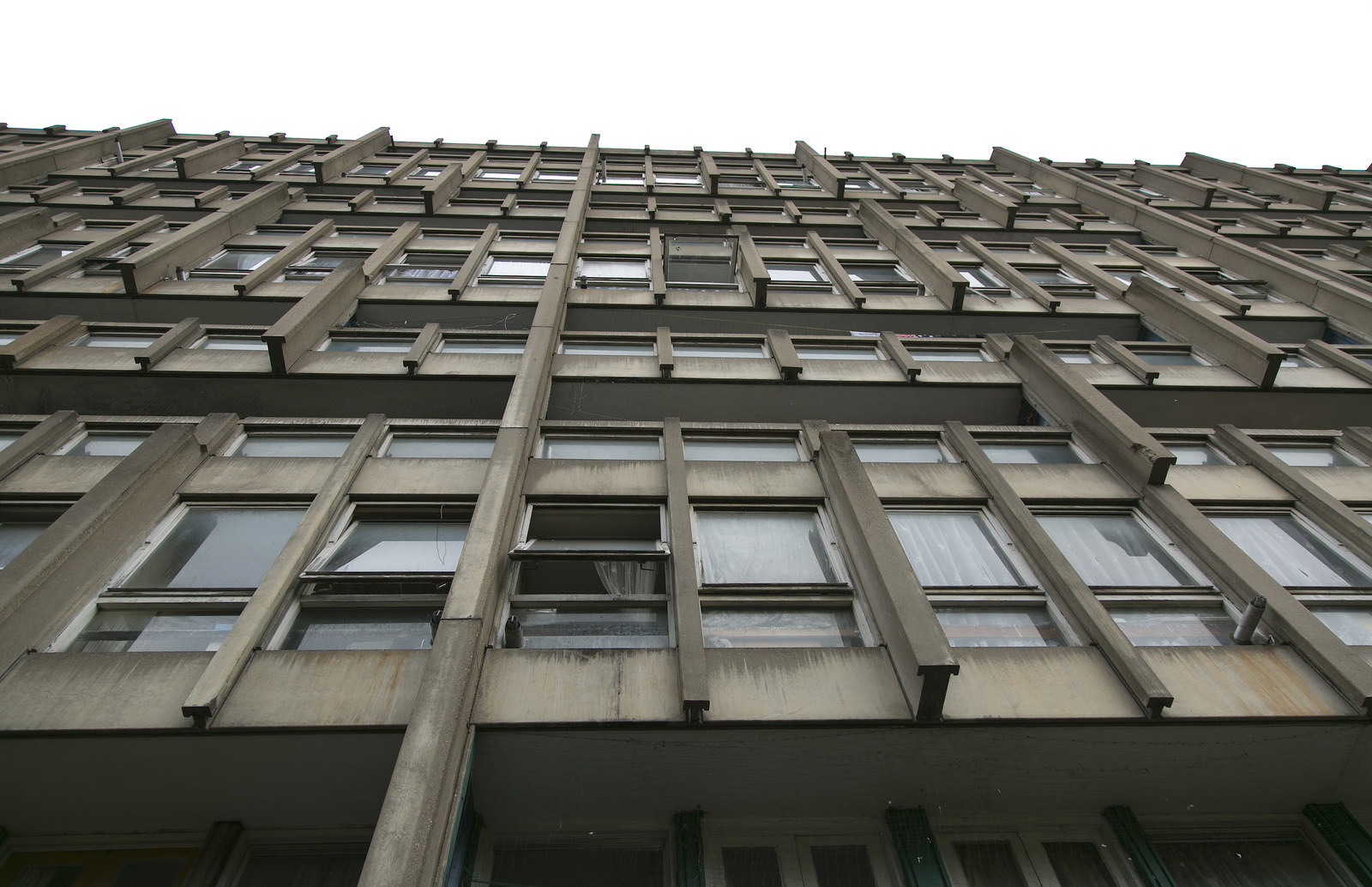
Tower Hamlets said in a statement: “Historic England found, after very careful consideration, that the buildings in question ‘do not make the grade’ for listed status.
“We have carried out extensive consultation with our residents over the past few years over the future of the blocks, and the majority of residents support the council’s decision to redevelop the estate as part of the wider Blackwall Reach scheme.”
But for Wakefield, the new generation of housing doesn’t compare.
“The argument will roll on long after it’s been demolished and we may well live to regret it, we may not," he says. "But whatever replaces this is unlikely to be of any architectural or cultural significance."

